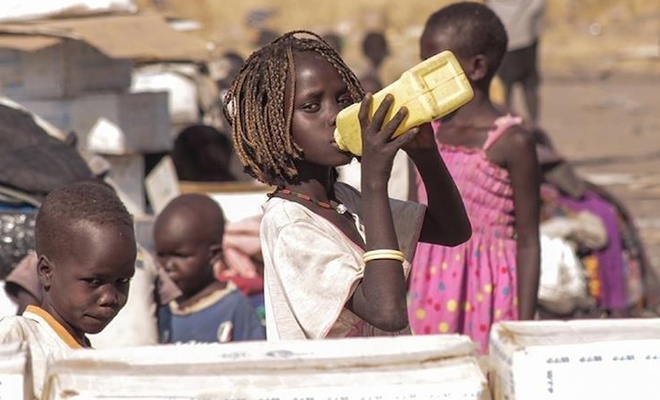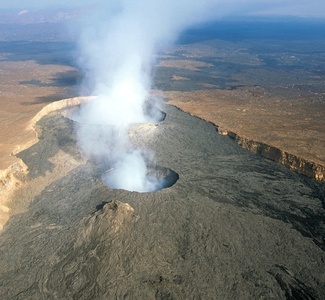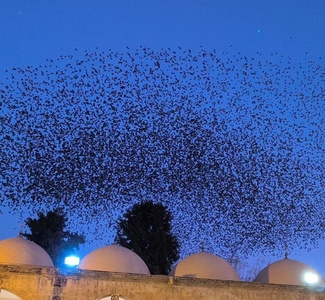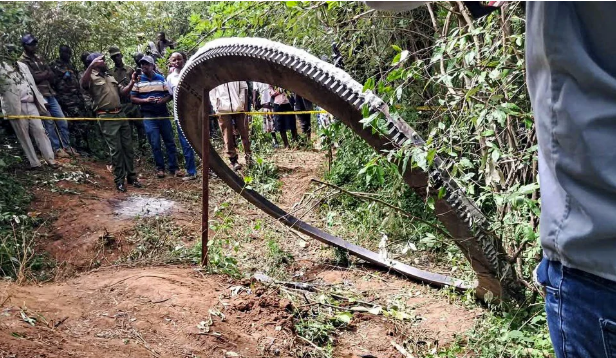25 million Nigerians at high risk of food insecurity in 2023--Report
Nearly 25 million Nigerians are at risk of facing hunger between June and August 2023 (lean season) if urgent action is not taken, according to the October 2022 Cadre Harmonisé, a Government led and UN-supported food and nutrition analysis carried out twice a year.

 Google News'te Doğruhaber'e abone olun.
Google News'te Doğruhaber'e abone olun. This is a projected increase from the estimated 17 million people currently at risk of food insecurity. Continued conflict, climate change, inflation and rising food prices are key drivers of this alarming trend. Food access has been affected by persistent violence in the north-east states of Borno, Adamawa and Yobe (BAY) and armed banditry and kidnapping in states such as Katsina, Sokoto, Kaduna, Benue and Niger. According to the National Emergency Management Agency, widespread flooding in the 2022 rainy season damaged more than 676,000 hectares of farmlands, which diminished harvests and increased the risk of food insecurity for families across the country. The flooding is one of the effects of climate change and variability impacting Nigeria. More extreme weather patterns affecting food security are anticipated in the future.
Of the 17 million people who are currently food insecure, 3 million are in the northeast BAY states. Without immediate action, this figure is expected to increase to 4.4 million in the lean season. This includes highly vulnerable displaced populations and returnees who are already struggling to survive a large-scale humanitarian crisis in which 8.3 million people need assistance.
“The food security and nutrition situation across Nigeria is deeply concerning,” said Mr. Matthias Schmale, the Resident and Humanitarian Coordinator for Nigeria. “I have visited nutrition stabilization centres filled with children who are fighting to stay alive. We must act now to ensure they and others get the lifesaving support they need.”
Children are the most vulnerable to food insecurity. Approximately 6 of the 17 million food-insecure Nigerians today are children under 5 living in Borno, Adamawa, Yobe, Sokoto, Katsina and Zamfara states. There is a serious risk of mortality among children attributed to acute malnutrition. In the BAY states alone, the number of children suffering from acute malnutrition is expected to increase from 1.74 million in 2022 to 2 million in 2023.
UNICEF, working with the government and partners such as MSF and ALIMA, is investing in scaling up preventive nutrition interventions, while ensuring that vulnerable children have access to life-saving nutrition services. In 2022, UNICEF with partners was able to reach approximately 650,000 children with life-saving nutrition services across the six states mentioned above.
The northwest region, around Katsina, Zamfara and Sokoto states, is an increasing food insecurity and malnutrition hotspot. An estimated 2.9 million people are currently critically food insecure (Cadre Harmonisé Phase 3 or worse.) This figure is projected to increase to 4.3 million in the lean season if urgent action is not taken.
With partners, FAO has been supporting the government to restore livelihoods in the northeast and northwest regions. This includes livestock production, crop production, homestead micro gardening, value chain development and aquaculture.
The United Nations is calling on the Government of Nigeria, the donor community, and public and private stakeholders to urgently commit resources and implement mitigation measures to save lives and prevent a potentially catastrophic food security and nutrition situation. Support for vulnerable families across the country is needed today, not tomorrow. (ILKHA)



















































